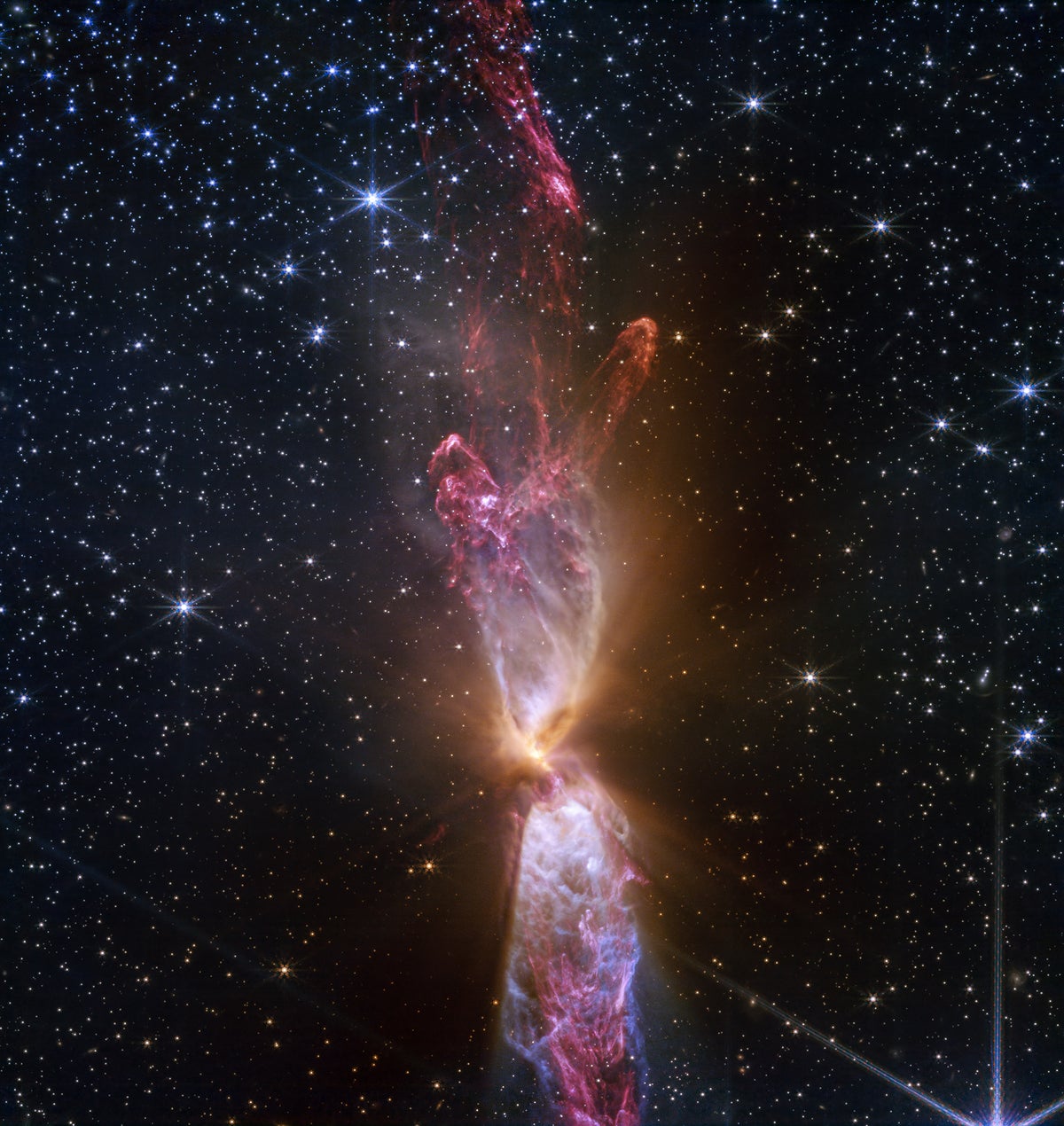The Smithsonian’s National Museum of Asian Art has deaccessioned fragments of the Zidanku Silk Manuscripts (fourth–third century B.C.E.) from its collection and formally transferred them to the National Cultural Heritage Administration (NCHA) of the People’s Republic of China during a ceremony at the Chinese Embassy in Washington, D.C., May 16. This transfer strengthens century-old collaborations between the National Museum of Asian Art and Chinese archaeological sites and museums. More broadly, this act embodies the museum’s commitment to research, access and collaboration.
Known by scholars as Volumes II and III, these fragments and the bamboo basket that contained them, which was also deaccessioned and transferred, are associated with the primary Eastern Zhou Zidanku Silk Manuscript (Volume I), which is privately owned. The manuscripts, which are a kind of divination guide that illuminates key concepts in ancient Chinese philosophy, are exceptionally significant in helping scholars uncover aspects of early Chinese beliefs. They were also the first ancient silk manuscripts found in China and are the oldest examples of their kind, making them unique.
The Zidanku Silk Manuscript fragments were gifted to the museum in 1992. Although they have never been on view, they have been documented, researched, diligently preserved and undergone scientific analysis. Over the decades, the museum provided onsite access to numerous scholars and students, and to many more around the world through digitized images and research. Consistent with the museum’s commitment to fostering research and collaboration, the transfer of the fragments to NCHA will ensure they are accessible to researchers working with more recently discovered materials in China.
“Since its inception, our museum has partnered with Chinese cultural institutions to share knowledge and expand the study and understanding of Chinese art history,” said Chase F. Robinson, the museum’s director. “This transfer reflects a carefully considered decision, grounded in our focus on sound stewardship and the belief that these materials belong in dialogue with their cultural and archaeological context. The transfer agreement opens up to the museum new and potentially important pathways to research. Over the past several months, we have had a fruitful dialogue with our Chinese partners that can lead to future collaborations. While the objects themselves will return to China, the museum’s researchers will retain all their intellectual property, ensuring that scholars in the U.S. and across the globe will continue to access digital versions of the material.”
The agreement was officially signed May 10 and celebrated at a transfer ceremony at the Chinese Embassy in Washington, D.C., May 16. During this event, Robinson highlighted the significance of the fragments and the museum’s mission to deepen the public understanding of the arts and cultures of Asia. Xie Feng, ambassador of the People’s Republic of China to the United States, and Rao Quan, vice minister of culture and tourism of the People’s Republic of China and administrator of NCHA, elaborated on the historical importance of the Zidanku Silk Manuscript through remarks. Zhu Ye, deputy director-general for the Department of Exchanges and Cooperation at NCHA, accepted the objects. As a symbolic gesture, representatives from both parties exchanged a copy of the transfer agreement and a letter of gratitude during the program.
About Smithsonian’s National Museum of Asian Art
The Smithsonian’s National Museum of Asian Art (NMAA) is committed to preserving, exhibiting, researching and interpreting art in ways that deepen the public and scholarly understandings of Asia and the world. NMAA opened in 1923 as America’s first national art museum and the first Asian art museum in the United States. The museum now stewards one of the world’s most important collections of Asian art, with works dating from antiquity to the present, from China, Japan, Korea, South Asia, Southeast Asia, the pre-Islamic Near East and the Islamic world (inclusive of Central Asia, the Middle East and North Africa). The museum also stewards an important collection of 19th- and early 20th-century American art.
Today, NMAA is emerging as a leading national and global resource for understanding the arts, cultures and societies of Asia, especially at their intersection with America. Guided by the belief that the future of art museums lies in collaboration, increased access and transparency, NMAA is fostering new ways to engage with its audiences while enhancing its commitment to excellence.
Located on the National Mall in Washington, D.C., the museum is free and open 364 days a year (closed Dec. 25). The Smithsonian, which is the world’s largest museum, education and research complex, welcomes 20–30 million visitors yearly. For more information about the National Museum of Asian Art, visit asia.si.edu.
# # #
SI-115-2025
.png)


![TES Renewal Skywind – Progress update and gameplay demo [video]](https://www.youtube.com/img/desktop/supported_browsers/opera.png)

